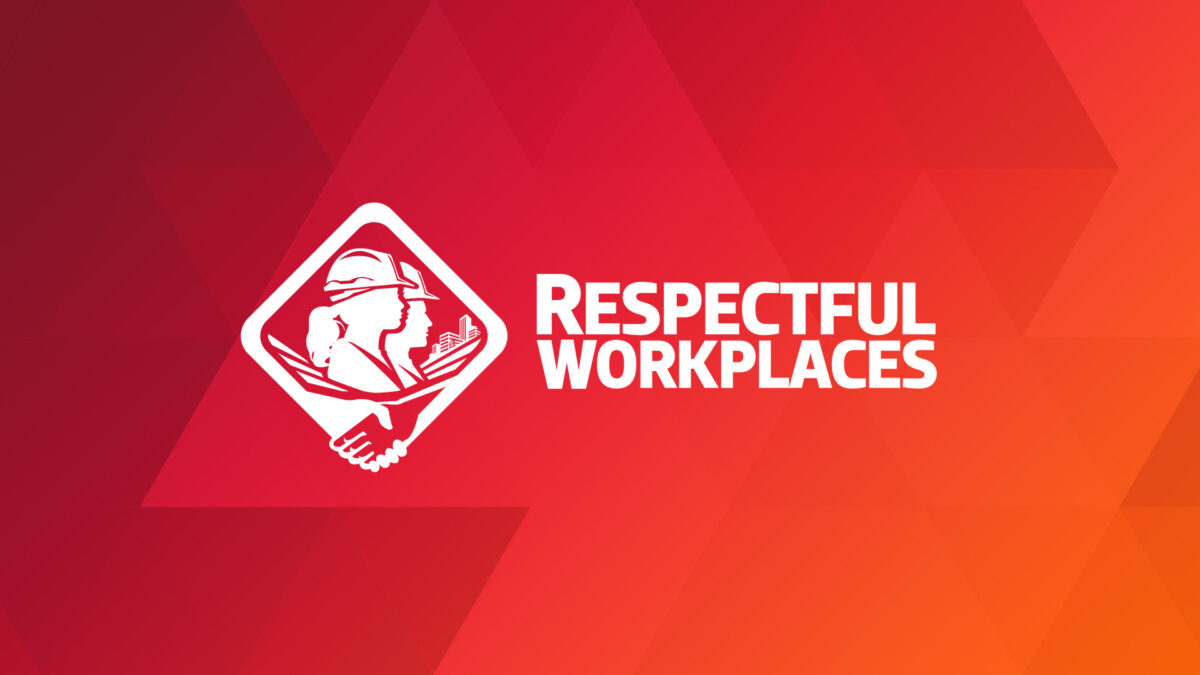Does your organization have the structures in place to facilitate managerial diversity?

Many organizations around the world have pledged to address systemic racism. This includes removing obstacles in recruitment and retention systems that facilitate increases in the representation of Black, Indigenous, and People of Colour at all levels in their workforce.
In a study of more than 600 people in 35 countries, 80% of which were in leadership roles, 70% stated that increasing diversity is a strategic priority for their organization; however, only 43% said their organizations were on track to achieve their goals. Furthermore, achieving diversity in senior management is especially challenging.
In Canada, according to a report released in August 2020 by the Diversity Institute of Ryerson University, less than 1% of corporate board members were Black. The report also found that even fewer Indigenous people have served on corporate boards. In the U.S., as of July 2021, there were only three Black CEOs in Fortune 500 companies.
Increasing the representation of Black, Indigenous, and People of Colour in leadership is critical for fostering inclusion and its benefits. Studies show that diversity in a leadership team has a significant impact on the perceptions of millennial and Gen Z workers, who account for the majority of the workforce.
Deloitte found that organizations that have a diverse senior management team are perceived by millennial and Gen Z workers to be significantly more ethical, more innovative, more invested in talent development and mentoring, and more emotionally intelligent than organizations without a diverse senior management team.
Specifically, millennial and Gen Z workers “correlated diversity with a forward-thinking mindset rather than the mechanical filling of quotas – viewing diversity as a tool for boosting both business and professional performance, especially when diversity is embedded in the senior management team.”
Clearly, having a diverse senior management team is important, but what should organizations do to increase the representation of Black, Indigenous, and People of Colour in their leadership teams?
A major study conducted in the U.S. used data collected over 25 years from 708 private-sector firms that report under affirmative action laws to determine which inclusion programs were most effective in increasing the representation of white men, white women, black women, and black men in management.
The researchers “found a clear pattern in the data. Structures establishing responsibility (affirmative action plans, diversity committees, and diversity staff positions) are followed by significant increases in managerial diversity.” In other words, organizations that clearly define accountability measures (in a plan) and assign accountability for the plan to individuals, committees and/or departments are more likely to have diverse leadership teams.
The following organizational structures are identified by researchers as the most useful structures for facilitating managerial diversity:
1. Establish a strategic plan for inclusion.
The process of developing an inclusion plan will include an assessment of how inclusive an organization currently is, what improvements are needed, and how to close the gaps. Readers may wish to review blog #55 for a more detailed description of a business plan to create an inclusive workplace.
2. Identify a senior person or a few key people to be the face of the inclusion initiative.
This group will have the involvement or direct sponsorship of the top person in the organization. Members of the group will be leaders with broad decision-making authority. This person or group is accountable for overseeing the implementation of the plan.
3. Establish processes for assisting the organization in understanding the daily obstacles experienced by Black, Indigenous, and People of Colour.
If organizations want to remove those obstacles, they must “see” and understand them. Research has shown that without this information, organizations will likely not identify the most effective strategies.
Larger organizations may want to create “affinity groups” or “employee resource groups” that focus on elevating the visibility of members of outsider groups and identifying and removing the obstacles to opportunities. Smaller organizations may not wish to invest in employee resource groups due to fewer resources; however, similar initiatives can still be undertaken:
- Host speakers and career workshops.
- Provide a forum for discussion about issues of racism, systemic racism, and systemic bias.
- Develop mentoring and sponsorship programs that involve senior leaders.
- Develop “reverse” mentoring programs where outsider group members coach leaders and managers about how to support Black, Indigenous, and People of Colour.
4. Create a position dedicated to the success of the inclusion initiative.
Larger organizations may have the resources to establish a “chief inclusion officer” position; however, even smaller organizations can develop this type of role by investing an influential manager or senior person with this responsibility.
This person will benefit from a good business background and credibility to engage in the challenging conversations with management necessary to address racism, systemic racism, and unconscious bias.
5. Assign the responsibility of change agent – those individuals who help an organization to re-work processes – to a group of people or a department.
In a larger organization, a separate department may be necessary because of the scale of the project; however, in smaller organizations, the role of change agent can be shared with other roles. The important point is that these individuals be empowered to initiate and support change in policies and processes.
Research has shown that increasing the diversity of senior management teams has many benefits. While it may be a challenging goal, organizations will have more success if the effort is supported by structures of responsibility. An inclusion plan, and creating positions, committees, and departments are all structures that facilitate inclusion and leads to managerial diversity. Organizations that take these steps will be able to attract and retain highly engaged millennial and Gen Z workers.
—
The BuildForce Respectful Workplace Online Toolkit provides three tools based on the proven practices of respectful and inclusive organizations to help address systemic racism: the Online Self-Assessment Tool, a Policy Framework and Implementation Guide, and the online course, “Working in a Respectful and Inclusive Workplace.”
The management Self-Assessment Tool provides a blueprint of the actions required to identify and re-work systems where unconscious bias may be impacting management goals to be fair and inclusive in their recruitment, promotion, and retention practices.
Also look for the new BuildForce online course, to be released in the fall of 2021, to help leaders and managers to understand systemic racism. BuildForce is also developing a new module for the “Working in a Respectful and Inclusive Workplace” course to help workers develop awareness about systemic racism, also to be released in 2021.
For more info:
- Boston Consulting Group. “Fixing the Flawed Approach to Diversity.” January 2019. See www.bcg.com/en-ca/publications/2019/fixing-the-flawed-approach-to-diversity.aspx.
- Business Insider. “One of the only 4 Black Fortune 500 CEOs just stepped down – here are the 3 that remain.” 2020. See www.businessinsider.com/there-are-four-black-fortune-500-ceos-here-they-are-2020-2.
- Deloitte. “The Deloitte Millennial Survey 2018.” See www2.deloitte.com/tr/en/pages/about-deloitte/articles/millennialsurvey-2018.html#.
- Deloitte. “The Diversity and Inclusion Revolution: Eight Powerful Truths.” January 2018. See www2.deloitte.com/us/en/insights/deloitte-review/issue-22/diversity-and-inclusion-at-work-eight-powerful-truths.html.
- Diversity Institute. “Diversity Leads: Diverse Representation in Leadership: A Review of Eight Canadian Cities.” See www.ryerson.ca/diversity/news-events/2020/08/black-leaders-are-nearly-non-existent-on-canadian-boards-according-to-ryerson-s-diversity-institute-s-new-study-of-canadian-board-diversity.
- Donovan, Mason and Mark Kaplan. “The Inclusion Dividend, 2nd Ed.” DG Press, New Hampshire, U.S., 2019.
- Kalev, A., Dobbin, F., Kelly, E. “Best Practices of Best Guesses? Assessing the Efficacy of Corporate Affirmative Action and Diversity Policies.” 2006. American Sociological Review. Vol. 71 (August: 589-617).
- Newsweek Vantage. “Achieving Results: Diversity & Inclusion Actions with Impact.” 2017. See www.newsweek.com/diversity-inclusion-actions-impact-download-workplace-articles-study-689453.
Read from the beginning. Click here to start at Part 1.
What can an effective Respectful and Inclusive Workplace Program deliver?
- Become an employer of choice – attract, retain, and advance top talent from all sources of labour
- Unlock collaboration and innovation – create high-performing teams through diversity of thought and experience
- Build your brand – your organization will gain a competitive edge as a leader and innovator
Get started today!
The BuildForce Canada Online Respectful and Inclusive Workplace Toolkit includes:
- the Respectful Workplace Online Self-Assessment Tool to assist organization leadership in assessing their current situation and identifying where they may need to make changes
- the Respectful Workplace Policy Framework and Implementation Guide to assist organizations in creating and implementing a policy that supports a respectful and inclusive workplace
- the Respectful Workplace Online Training Course to train workers on how to create and support a respectful and inclusive workplace
- the online course Introduction to Understanding Systemic Racism: A Guide for Leaders and Managers
All the resources you need to create and support a respectful and inclusive workplace!

Respectful and Inclusive Workplaces
